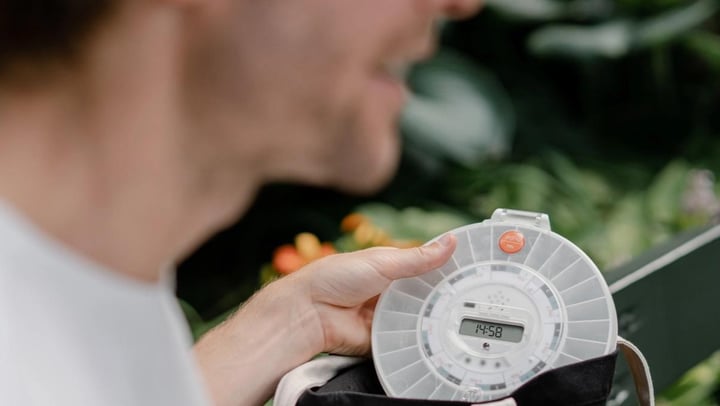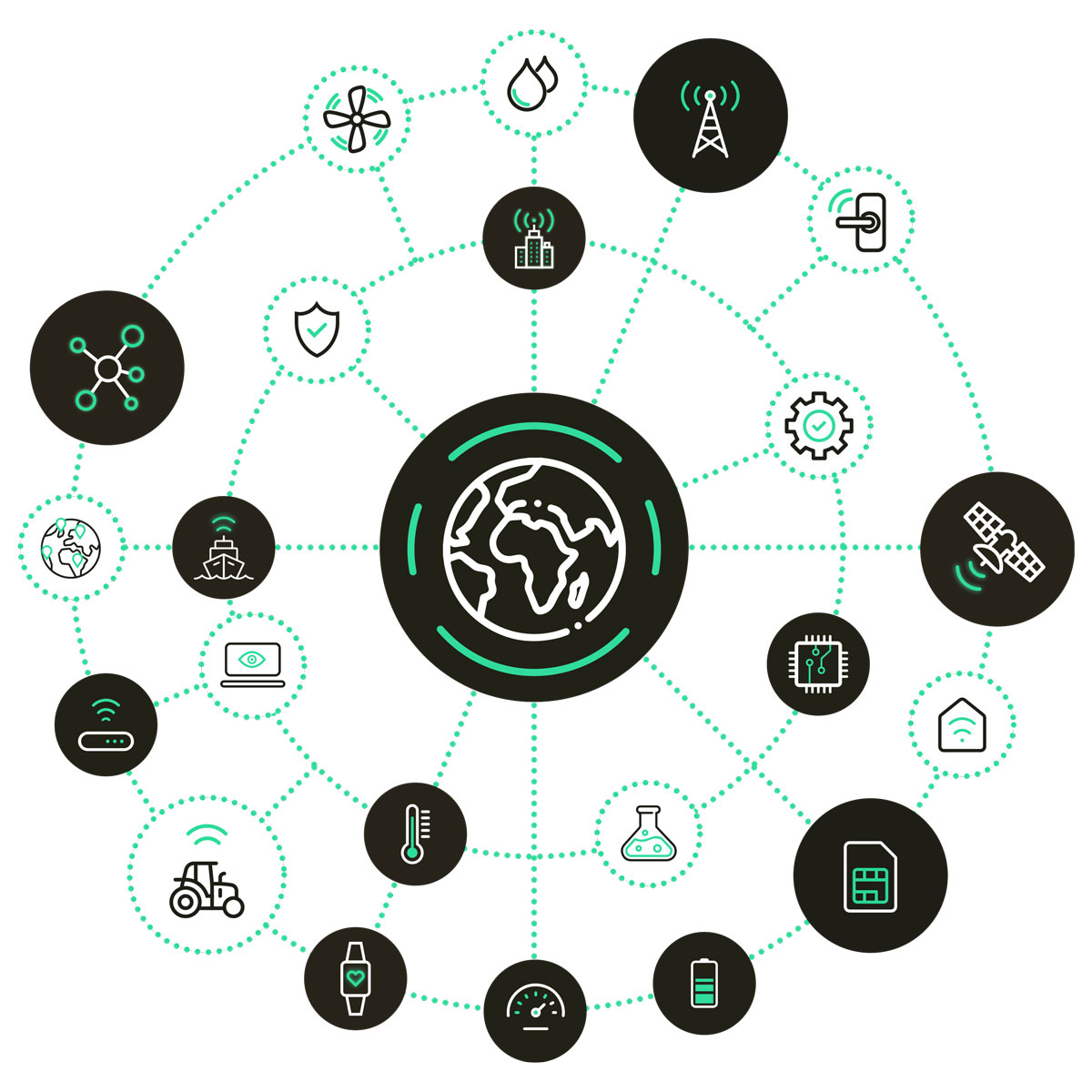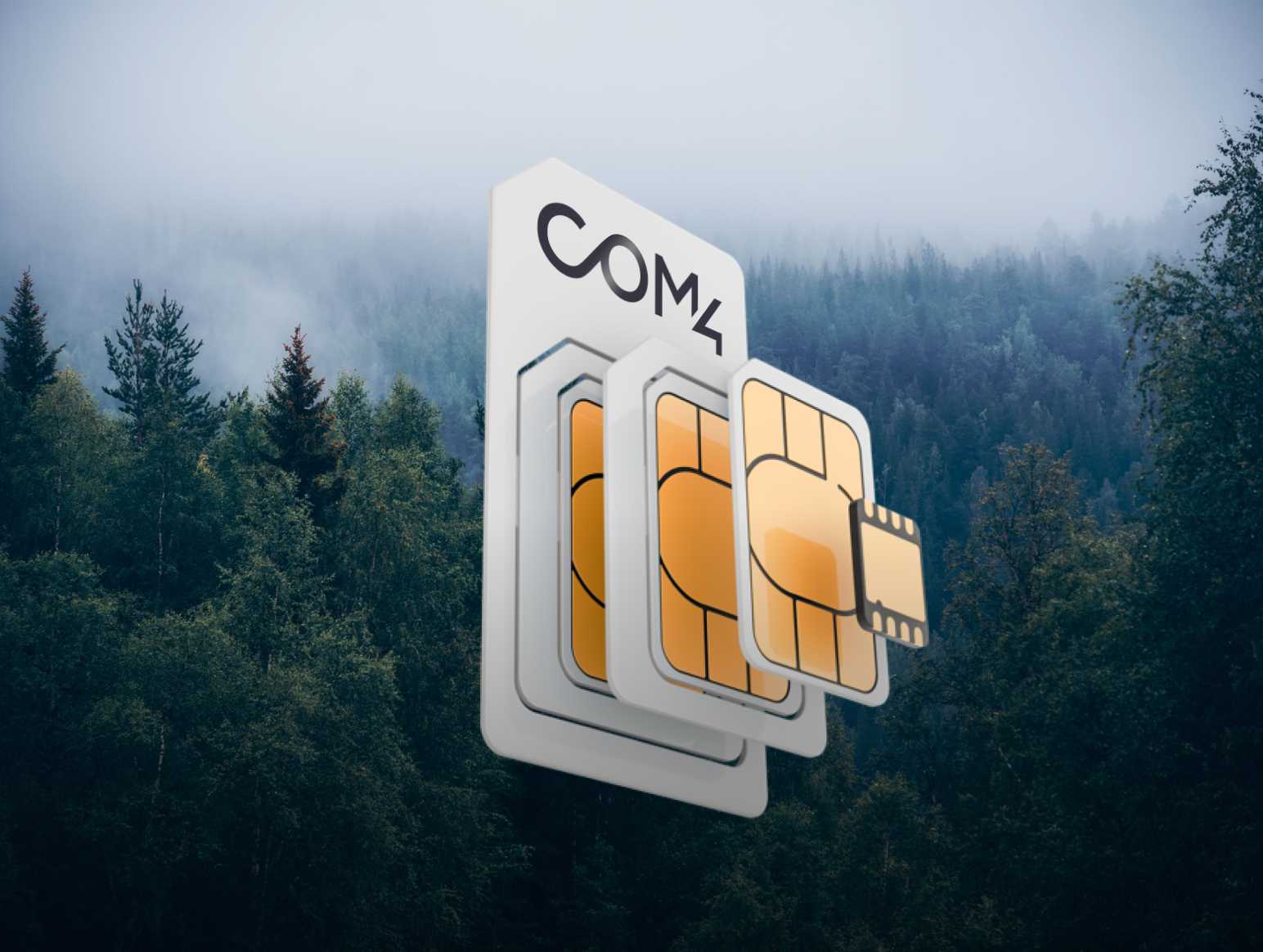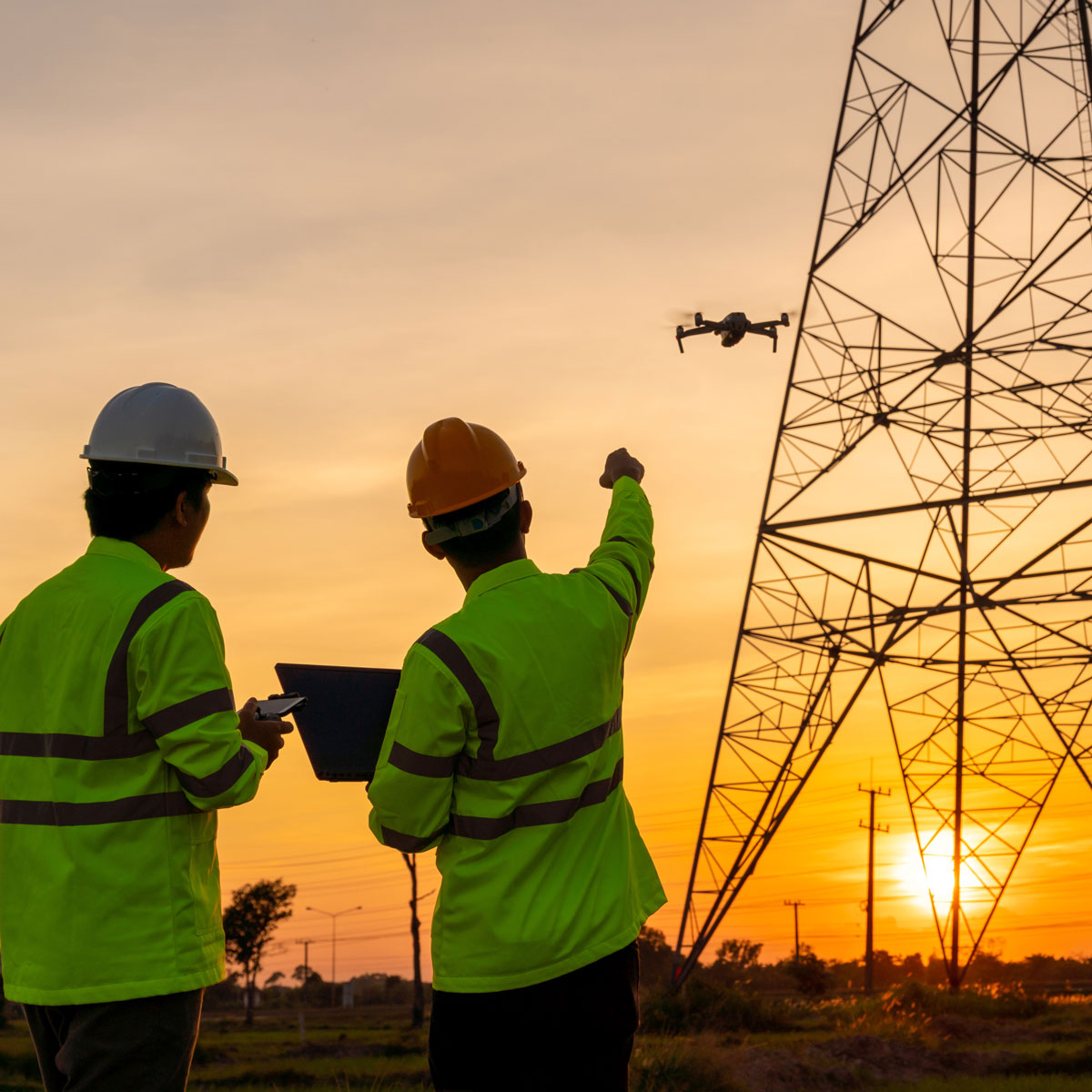IoT sensors are changing the world around us by making everyday objects smart and connected. These small devices can watch, measure, and react to what's happening around them. Think about smart homes that change temperature by themselves or factories that know when machines might break before it happens. These tiny but powerful devices connect everything, making our lives safer, easier, and more comfortable.
A Precedence Research report projects the global IoT sensors market will reach USD 422.13 billion by 2034, growing at a 36.84% CAGR from 2025 to 2034. IoT sensors are the building blocks of smart technology that help us make better decisions using real-time information.
Com4 enables these systems by providing the mobile connectivity backbone that links sensors to cloud systems globally, with reliable SIM connectivity, security, and management tools
What are IoT sensors?
IoT sensors are electronic devices that detect things like heat, light, movement, or sound around them. They turn this information into digital data that computers can understand. These sensors connect wirelessly to the internet and transmit data to other devices, apps, or cloud systems. Unlike traditional sensors, they operate autonomously and communicate smart data in real time.
Why are IoT sensors used?
IoT sensors help us monitor and collect data from remote locations without physical presence. They automate tasks, reduce maintenance costs by predicting failures, and enhance safety by detecting issues early. Additionally, they enable smarter energy use, environmental protection, and personalized automation.
- Nofence uses GPS and motion sensors in animal collars to define virtual fences. These devices rely on Com4’s multi-network SIMs for real-time tracking in remote areas.
- Dignio uses wearable vitals sensors (BP, SpO₂) connected via Com4 to transmit medical data securely to providers.

15 Types of IoT sensors
Temperature sensors
Used in fridges, HVAC, healthcare storage.
Use case: Vaccine fridges transmit data via Com4 to maintain cold-chain compliance.
Humidity sensors
Prevent mold in buildings and regulate greenhouse moisture.Pressure sensors
Monitor fluid levels and detect leaks in industrial systems.
Use case: Pressure sensors in Intelecy’s predictive maintenance platform send alerts via Com4.
Motion sensors
Trigger lights or alerts in smart lighting and security.Light sensors
Adjust ambient lighting or screen brightness automatically.Proximity sensors
Used in vehicles and smart automation systems.
Gas sensors
Detect hazardous gases.
Use case: Safety modules transmit air quality alerts via Com4 SIMs.Sound sensors
Monitor noise and detect irregular audio patterns.Vibration sensors
Used in machinery monitoring.
Use case: Soundsensing uses noise-detecting sensors on building fans and machinery with Com4 IoT connectivity to detect failure before breakdown.
Magnetic sensors
Track magnetic field changes—used for access systems or position alignment.
Gyroscope sensors
Measure device orientation for mobile and drone systems.Accelerometer sensors
Detect motion for wearables and vehicle safety features.pH sensors
Measure acidity in water or soil for agriculture or environmental use.Flow sensors
Monitor liquid/gas flow rates in utilities or HVAC systems.Capture visual data for surveillance or quality inspection.
How IoT sensors work
Data collection
Sensors continuously monitor their environment, tracking phenomena they’re built to detect.
Signal processing
Analogue signals are converted to digital data, cleaned, and prepared for transmission.
Data transmission
Data is sent via Wi‑Fi, Bluetooth, LTE‑M, NB‑IoT, or cellular networks.
Com4 provides access to 750+ cellular networks across 190+ countries, ensuring sensors stay online anywhere.
Data analysis & action
Cloud services or edge processors analyze data, detect patterns or anomalies, and trigger automatic actions or alerts.
Industry‑specific use cases
Healthcare
- Monitoring devices for chronic conditions using heart rate or oxygen saturation sensors.
- Smart dispensers alerting when doses are missed.
Example: MedThings uses Com4’s eSIM service for medication adherence with real-time alerts and remote control.
Agriculture
- Soil moisture and temperature sensors drive smart irrigation.
- GPS/motion trackers for livestock.
- Example: Remora Robotics uses underwater image and environmental sensors in fish farms connected via Com4 FWA and cellular for real-time monitoring and AI training.
Manufacturing
- Predictive maintenance using vibration and pressure sensors to detect mechanical wear or faults
Smart Cities
- Optimizing traffic flow with motion and proximity sensors.
- Smart waste bins that notify when full.
Example: Sensorita uses AI‑enabled radar fill‑level sensors that report status via Com4 to reduce collection costs and emissions. - Construction site surveillance with real-time IoT cameras. Example: Intellity uses Com4 mobile connectivity for security cameras to prevent theft and vandalism.
Emerging trends & tech innovations
- Edge Computing – Sensors process data locally to reduce latency and bandwidth.
- AI Integration – Sensors adapt and predict via onboard or cloud-based intelligence. Transforma Insights estimates AIoT connections will rise from 1.4B in 2023 to over 9B by 2033.
- Energy Harvesting – Solar or motion-powered sensors reduce battery needs.
- 5G Networks – Provide low latency for time-sensitive IoT applications. Com4’s 5G Standalone Core and eSIM support future-ready deployments.
- Miniaturization and Smart Integration – Sensors are getting smaller and expanding sensor fusion capabilities.
Conclusion
IoT sensors are the foundation of our smart, connected world. From temperature and motion to vibration and image capture, sensor data enables smarter choices. But sensors need reliable, secure, and global connectivity to fulfill their potential.
Com4 provides that connectivity—through global IoT SIMs, private APNs, scalable networks (LTE-M, NB‑IoT, 5G), and satellite fallback—to deliver real-time, actionable data across industries.
Whether you're in healthcare, agriculture, manufacturing, or smart cities, Com4 enables sensors to drive automation, efficiency, and insight at scale.
FAQs on Internet of Things (IoT) sensors
What are the sensors and connectivity in IoT?
IoT sensors detect things like temperature and movement, then turn this into digital data. Connectivity means how they send this data using Wi-Fi, Bluetooth, or mobile networks to other devices and systems.
What are the physical sensors in IoT?
Physical sensors are the actual hardware devices that detect real-world conditions like heat, humidity, and motion. These are the physical components that interact directly with the environment to collect data.
Is RFID an IoT sensor?
RFID is an IoT technology, but it works more for identification and tracking than traditional sensing. RFID tags store information and communicate with readers to track and identify objects in IoT systems.
What is the main purpose of IoT sensors?
IoT sensors collect real-time information from the physical world and send it to computer systems for analysis and automatic responses. They enable remote monitoring and smart decision-making.
What is a smart sensor in IoT?
A smart sensor combines regular sensing with built-in processing power and communication features. These sensors can analyse data locally, make decisions on their own, and communicate intelligently with other connected devices.

 CASE STUDY
CASE STUDY






.jpg)